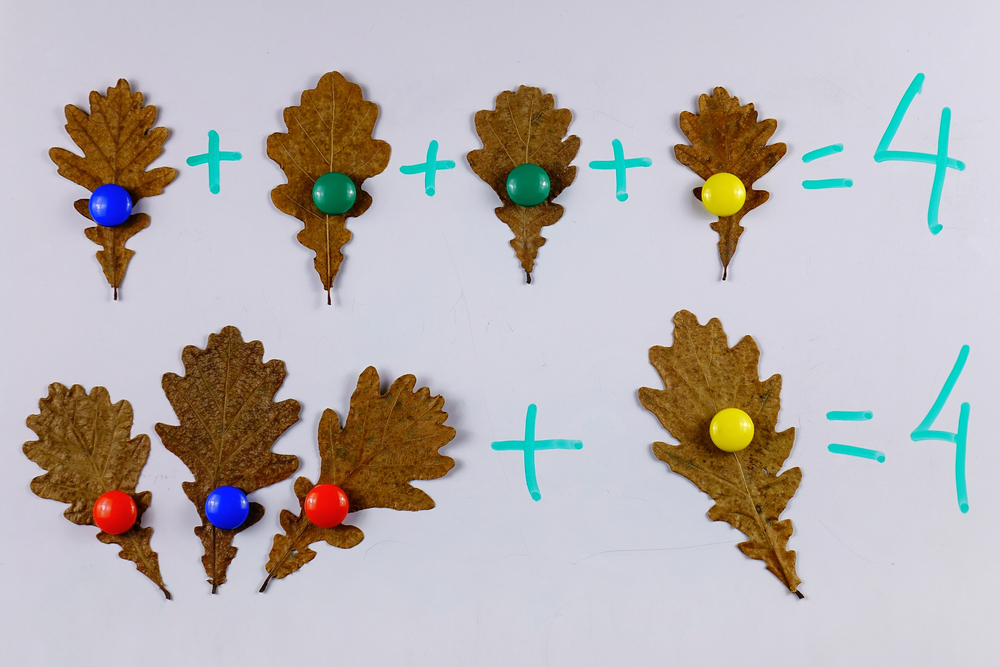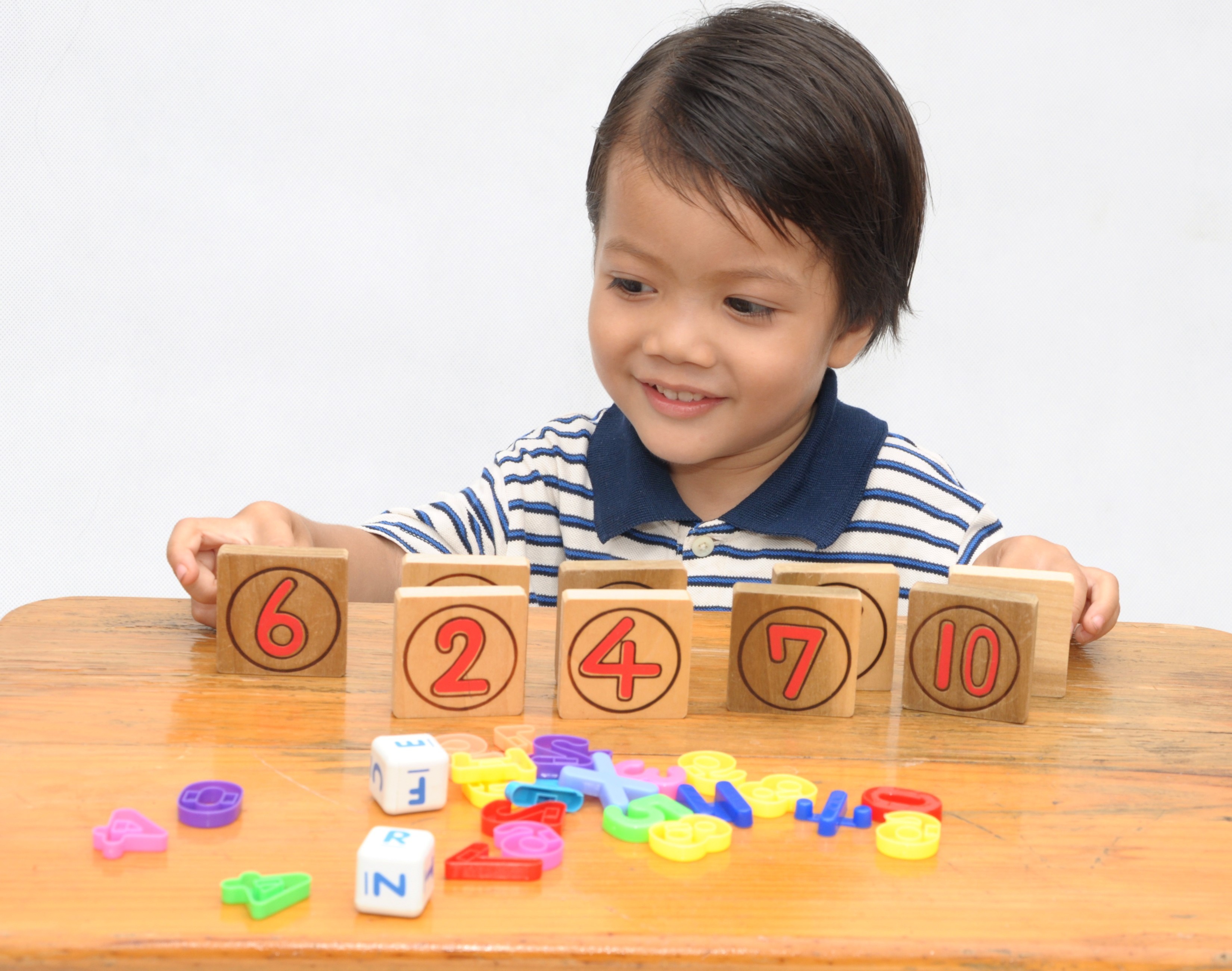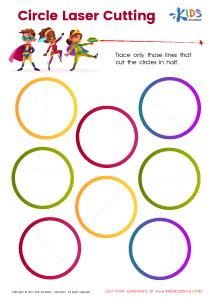Shape Recognition Normal Tracing Shapes Worksheets for 3-Year-Olds
5 filtered results
-
From - To
Our Shape Recognition Normal Tracing Shapes Worksheets for 3-Year-Olds are perfect for budding learners eager to explore the world of geometry in a fun, engaging way. These specially designed worksheets help develop essential fine motor skills and hand-eye coordination while introducing young minds to various shapes. Your little ones will love tracing circles, squares, triangles, and more, which aids in recognizing and differentiating between shapes. Each worksheet offers a delightful mix of activities that make learning enjoyable and effective. Spark early interest in math and shape recognition with our thoughtfully crafted tracing worksheets. Download today for free on Kids Academy!
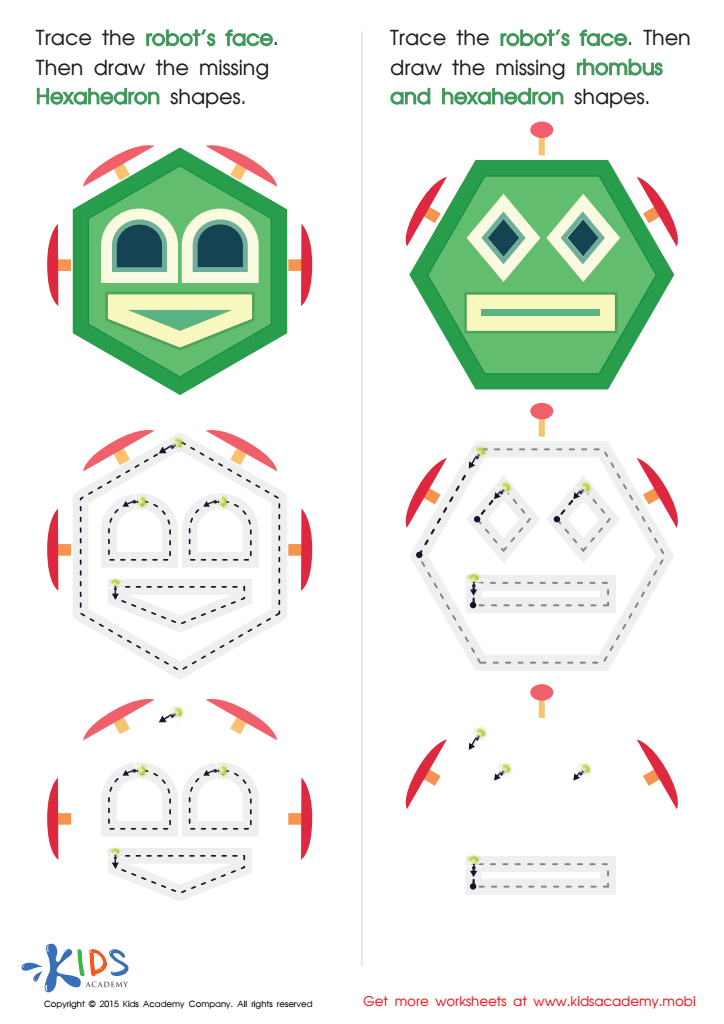

Practice Drawing Hexahedrons And a Rhombus Worksheet
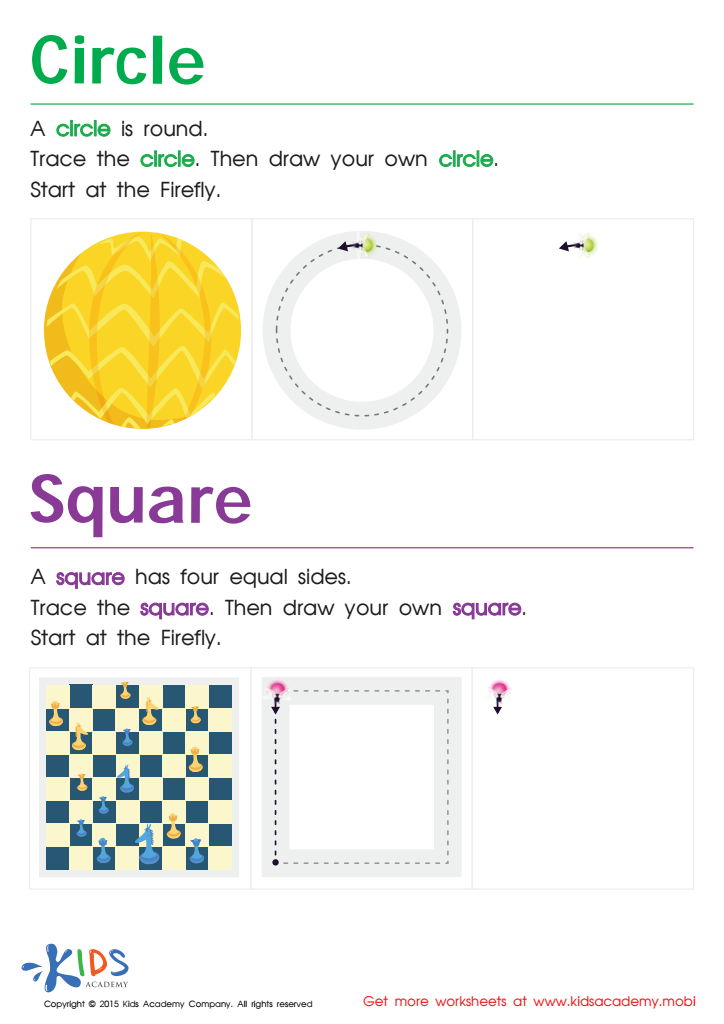

Trace And Draw a Circle And a Square Worksheet
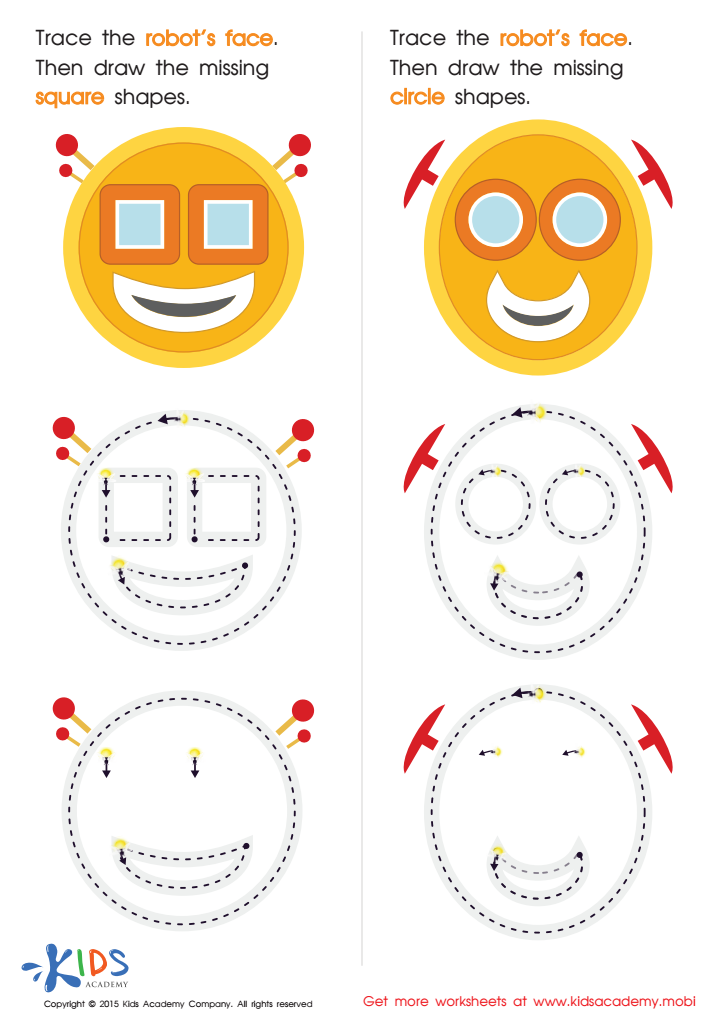

Practicing to Draw Circles And Squares Printable


Learning to Draw Crescents And Triangles Worksheet
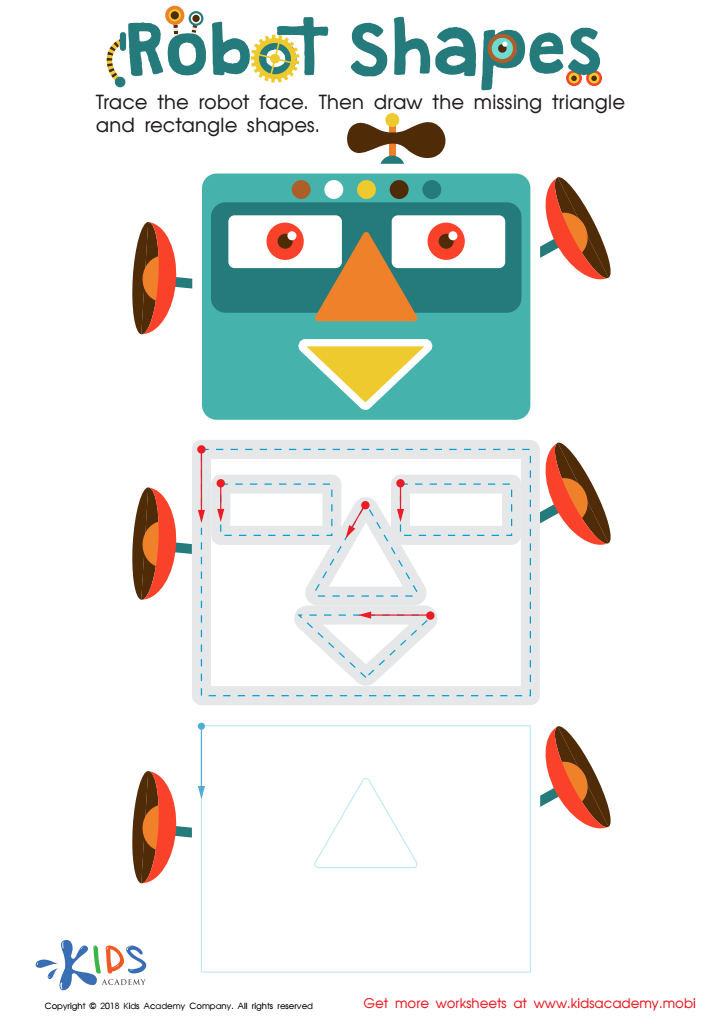

Robot Shapes Worksheet
Parents and teachers should place significant emphasis on shape recognition and normal tracing shapes for 3-year-olds, as these foundational skills are critical for early cognitive and motor development. At this young age, children's brains are rapidly developing, and engaging in shape recognition helps to enhance their visual-spatial awareness. By visually distinguishing and identifying different shapes, children begin to build an understanding of geometry, which forms the basis for more complex math concepts later in their academic journey.
Moreover, tracing shapes is instrumental in refining fine motor skills. As children use their hands and fingers to trace, they develop the necessary control and coordination required for writing, drawing, and other daily tasks that demand precision. This activity also strengthens hand-eye coordination, which is essential for children as they progress into more structured learning environments.
Additionally, shape recognition and tracing activities promote problem-solving abilities and cognitive growth. They help children to categorize and organize their world, boosting both memory and attention to detail. Moreover, these activities can be fun and engaging, fostering a love for learning. By prioritizing these skills, parents and teachers set a solid educational foundation, ensuring that children are well-prepared for the next steps in their developmental milestones.
 Assign to My Students
Assign to My Students






